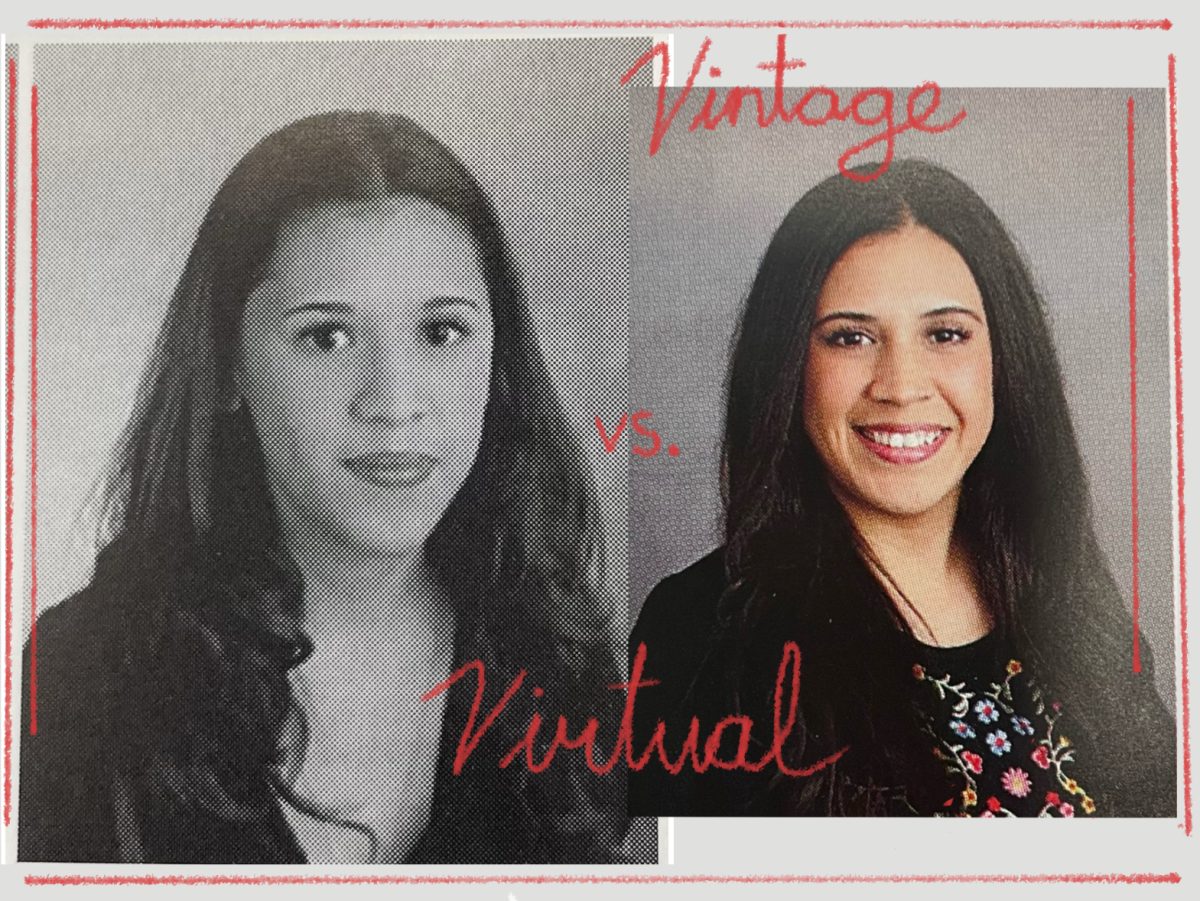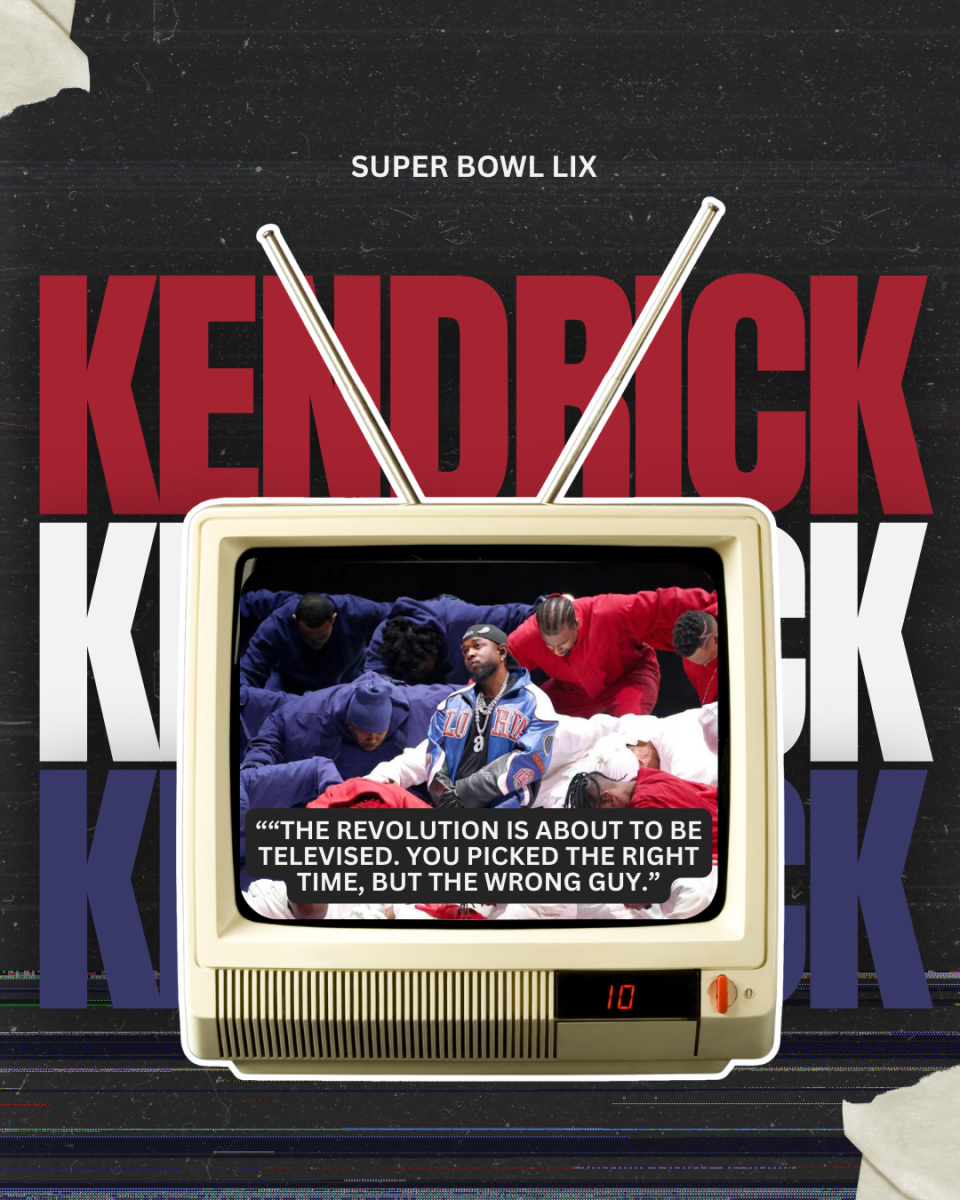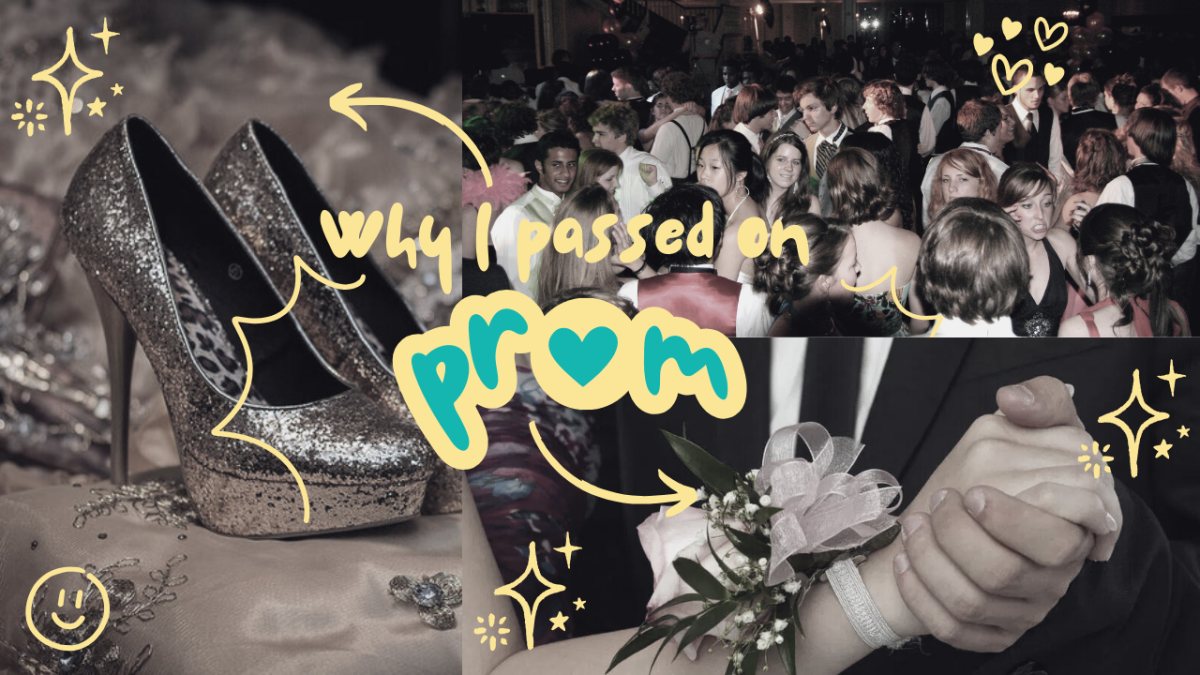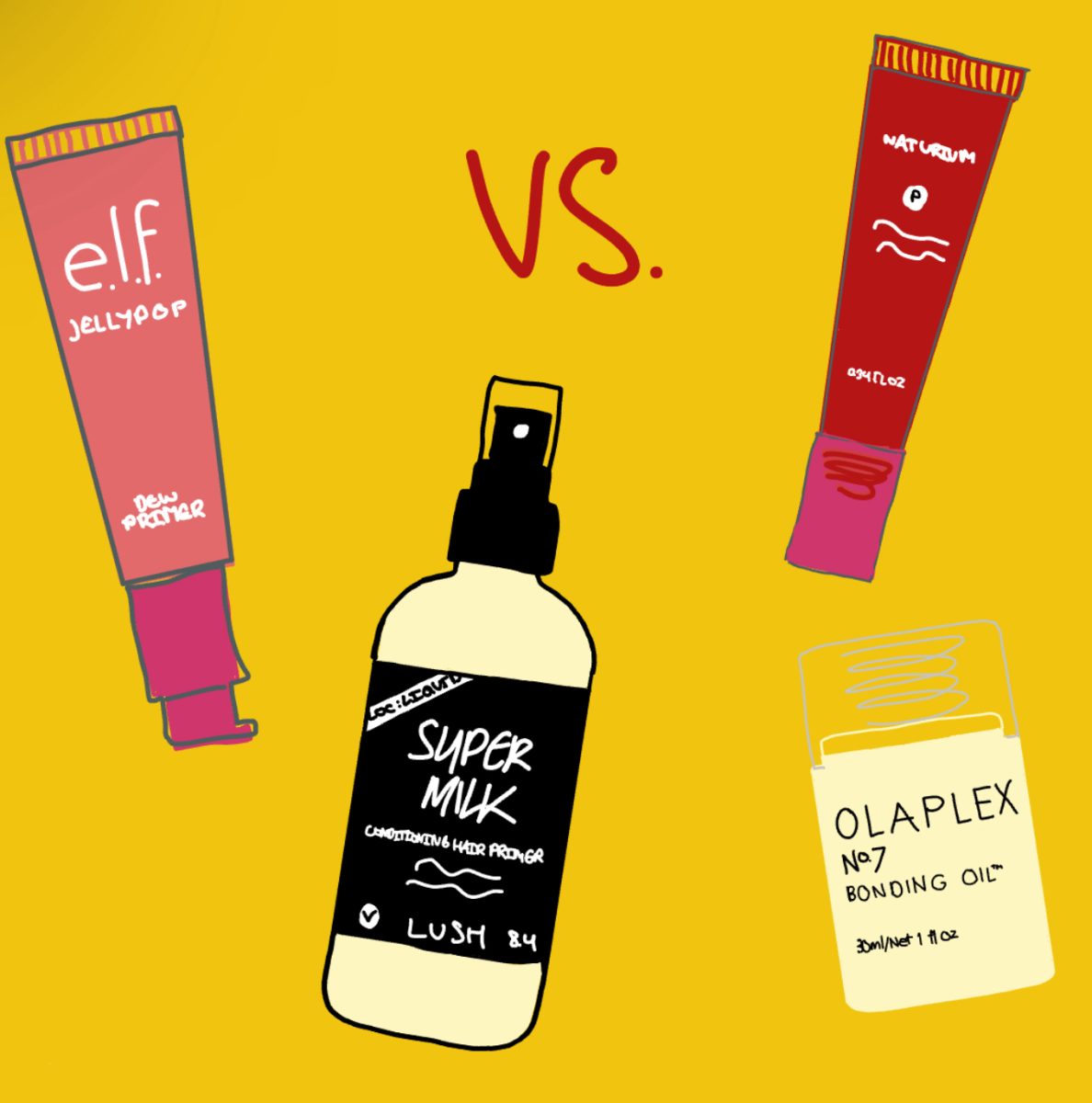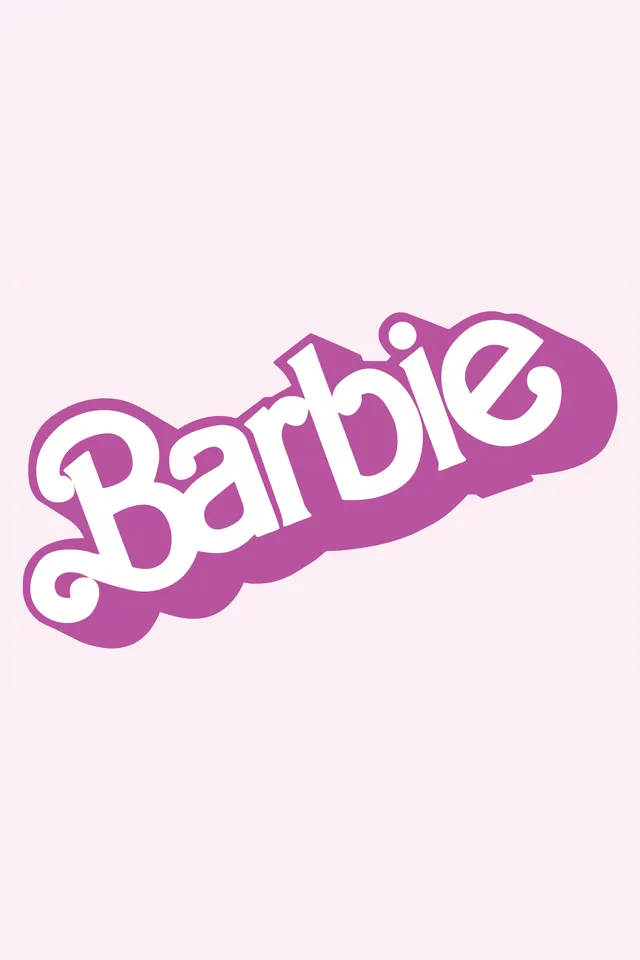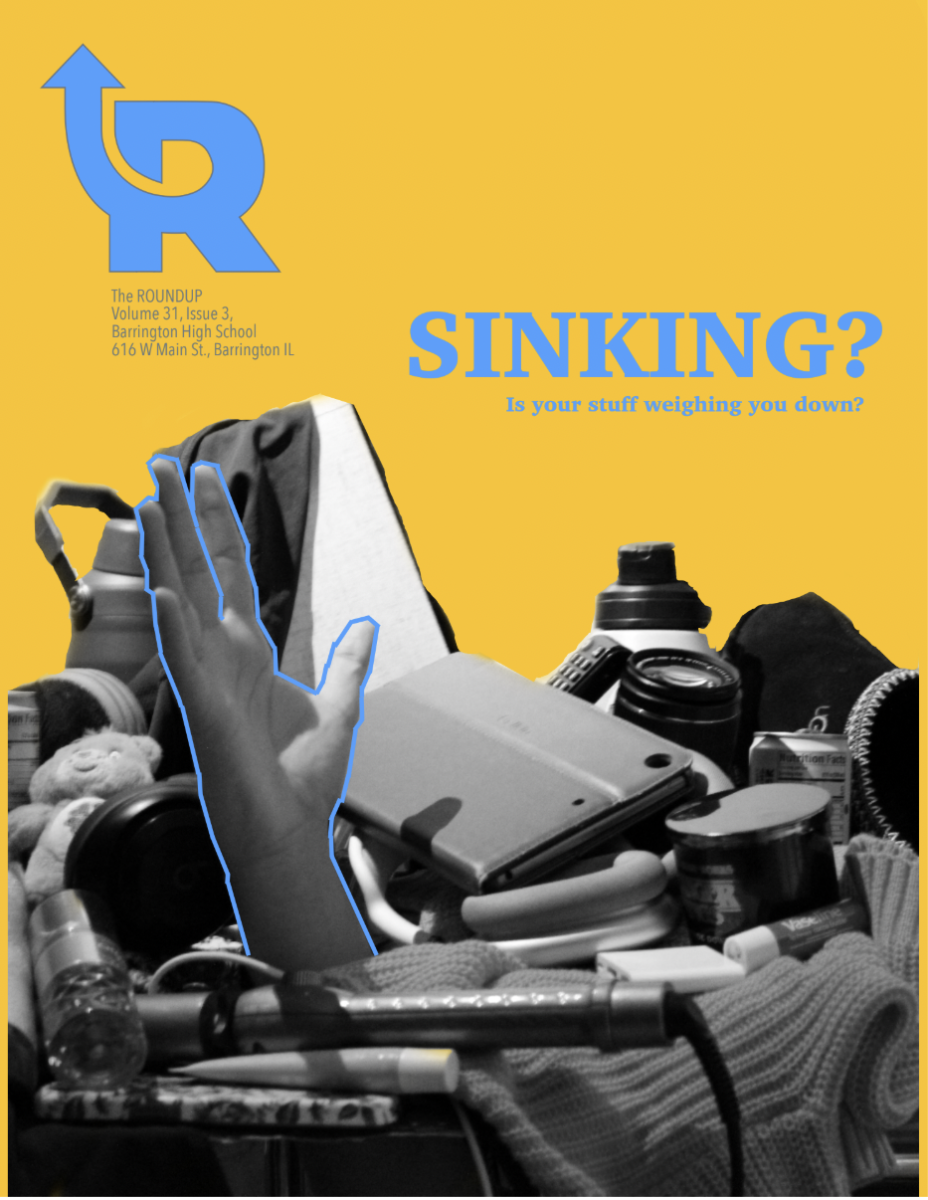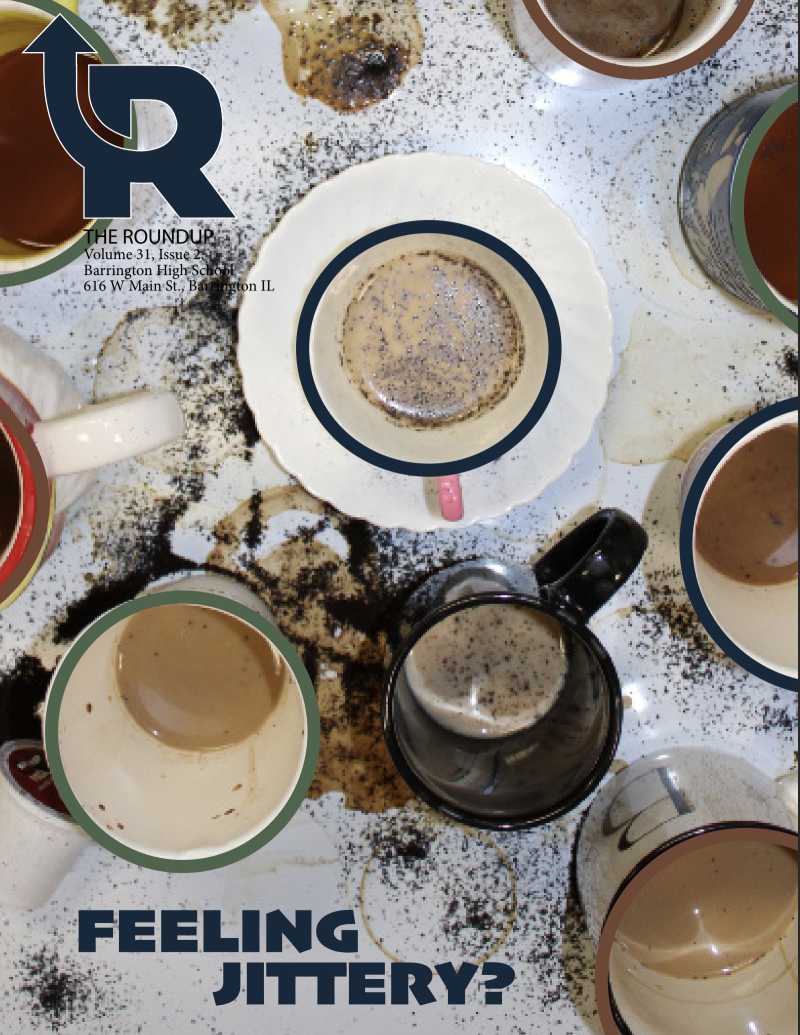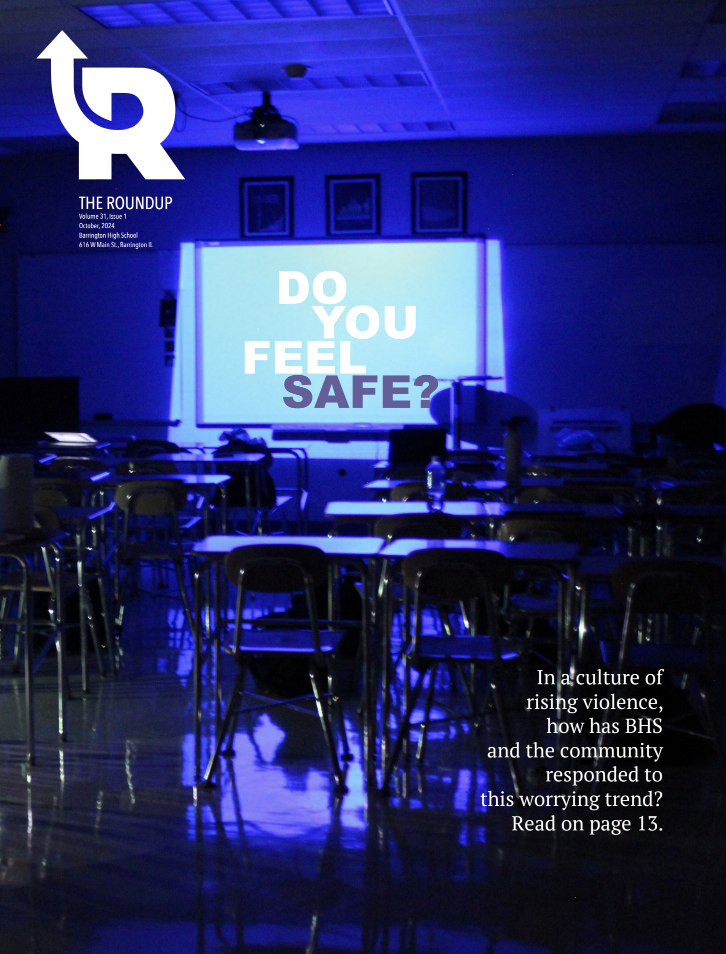The sustainable fashion movement is anything but eco-friendly
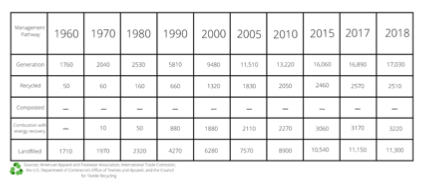
Since the Industrial Revolution, the fashion industry’s modes of labor and production were anything but environmentally friendly. The production of clothes and the washing and sustaining of clothes produces a whopping 10 percent of the world’s greenhouse gas emission and 20 percent of the world’s water waste. According to the United States Environmental Protection Agency, out of the “17 million tons of textiles produced in 2018,” around “11,000 tons were landfilled.”
To only make matters worse, most clothes are created in countries which don’t have the labor laws, leaving most of the workers that create our fashionable pieces working in inhumane conditions on minimal wages. Such devastating facts, sure enough, were brought to light, sparking the oh-so-perfect-and-helpful sustainable fashion movement.
The problem with “Sustainable” brands
My and many people’s first, overarching issue with the sustainable fashion movement has to be how absolutely ridiculous the prices of sustainable brands are. Perhaps the most popular examples could be Reformation and Free People–whose prices we all know are through the roof and realistically can’t be afforded by most people. To us consumers, deciding whether to buy a $300 plain white dress because it is made of recycled Starbucks straws or buying that identical dress for $25 at Target, the choice is pretty obvious.
It’s just unrealistic to believe that most people, most of which already don’t splurge on clothing regularly, would spend that much money on a singular piece of clothing when that same amount could get them ten pieces from somewhere else and last just as long. Consuming fast fashion, more often than not, isn’t to support its unethical ways but because the ethical alternative is ten times the price.
Popular brands such as Urban Outfitters and H&M have created their own sub-genre of products–Urban Renewal and H&M Conscious, respectively–in the effort to craft themselves as “more sustainable.”These changes have allowed these brands to gain some sort of respect from those so heavily invested in the movement–but was that the only intention in creating these “clean lines”? To please those few rowdy consumers? Logically, although I’m aware this is no easy process and is by no means realistically possible in a short window of time, if the brand was heavily supporting the movement, wouldn’t they work to make all of their clothing sustainable?
Thrifting
Considering this, people have turned to buying clothing second-hand as a cheaper alternative. Thrifting is a popular means of shopping due to its affordability, as well as the cool pieces that can’t be in your everyday fast fashion store and that I’ve-found-some-gold-in-the-haystack feeling that accompanies it. Lately, though, it has gained even more popularity–but not in the best way. It has gotten to the point where social media figures are attacked and slandered for not buying their clothes secondhand, which brings me to my next point.
Thrifting may be a perfect alternative if you’re a size small or medium, but it isn’t accessible for everyone. Plus and petite sizes are already scarcely available in fast fashion already, but are even rarer in second hand stores. As someone who can already only shop at a select five stores for bottoms due to sizing, it’s quite infuriating to see people slander those who don’t thrift for their clothing. As fashionable as your thrifted Juicy Couture tracksuit is, I doubt I’ll be able anything as trendy and high-end in the kids section, although I bet that wasn’t considered by those that wrote their critical essays on an Instagram post.
Lastly, the movement has gone from being focused on helping the planet and not supporting inhumane labor to a toxic environment where anyone who doesn’t follow their same practices is basically attacked, which might as well be considered Gen Z’s biggest talent. I’ve come across so many long comments with such extremist views that honestly make the entire effort seem like a joke.
Instead of wasting seven minutes of your day on attacking another’s fashion choice, I think it’s important to make efforts to be sustainable while acknowledging the limitations that accompany it for a lot of people. But anyway, if you ever come across a nice quality pair of flare jeans in the kids section at your local Goodwill, let me know–it’ll definitely be a first.
Your donation will support the student journalists at Barrington High School! Your contribution will allow us to produce our publication and cover our annual website hosting costs.















